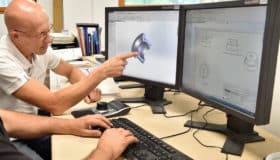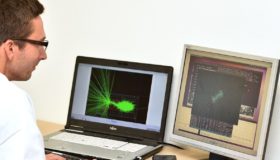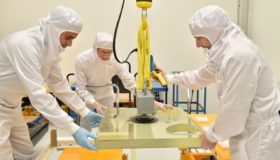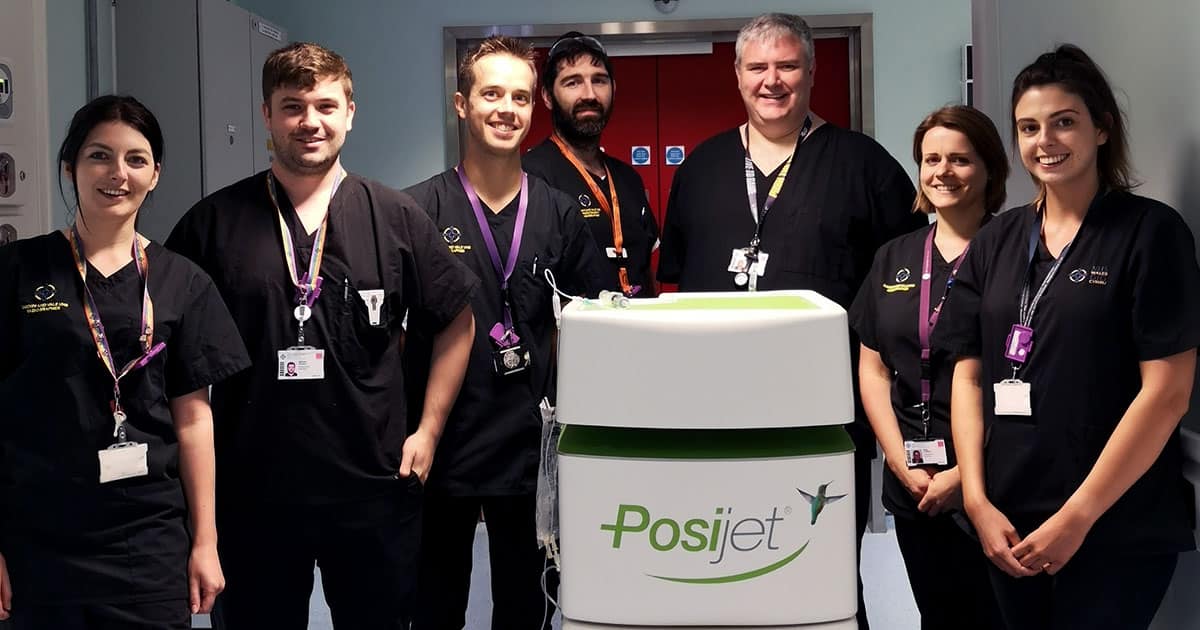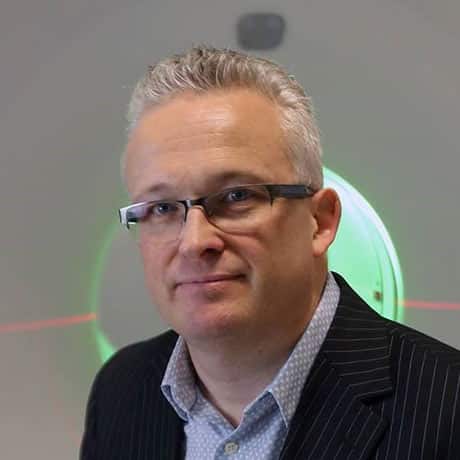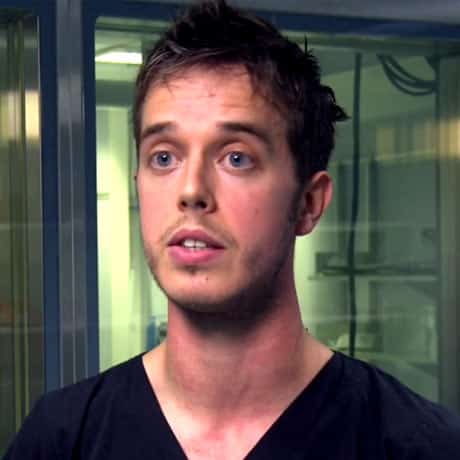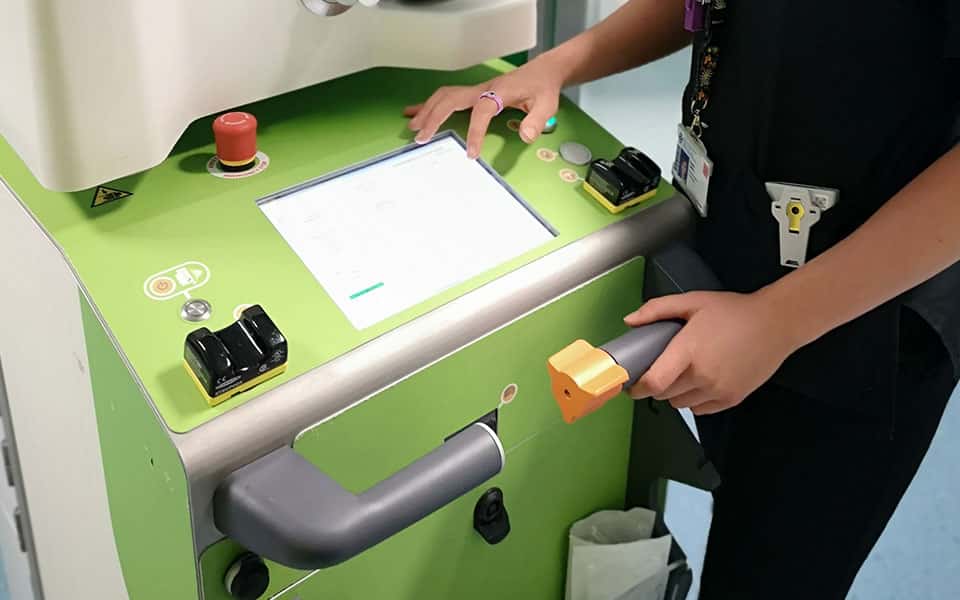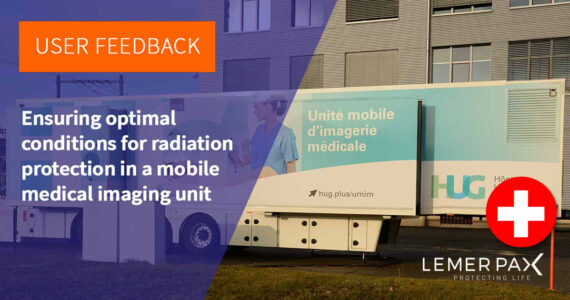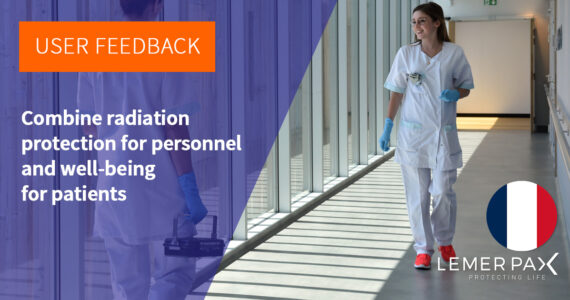Combining radiation protection with increased productivity: the example of Cardiff’s PETIC Centre
The challenge: "Find a solution to prevent overexposure of medical staff to ionizing radiation"
Inaugurated in September 2010, the Wales Research and Diagnostic PET Imaging Centre (PETIC) uses one of the most advanced PET imaging systems currently in operation in the United Kingdom. The centre’s FDG PET scan workload has exploded, going from 675 in its first year to over 2800 in 2018. A figure which continues to grow!
In 2015, the centre decided to commission an audit into the exposure of its employees to ionizing radiation (11 electro-radiology operators and 3 technicians). The first result of the audit came as little surprise: the more procedures an operator performed over the course of the month, the higher the dose of radiation recorded by their TLD dosimeter ring. The second result was more alarming, the study revealed that two members of the team had been exposed to doses of radiation which exceeded the maximum annual limit for Category B professionals (150 mSv). The two members in question recorded doses of 178 mSv and 154 mSv.
Following this audit, the centre decided to take action and drew up a list of recommendations including: optimising preparation, distribution and administration procedures within PETIC; sufficient training and skills monitoring for employees; the provision of more personal protective equipment (PPE) in order to reduce skin contact; and, above all, the acquisition of a new automated system!
